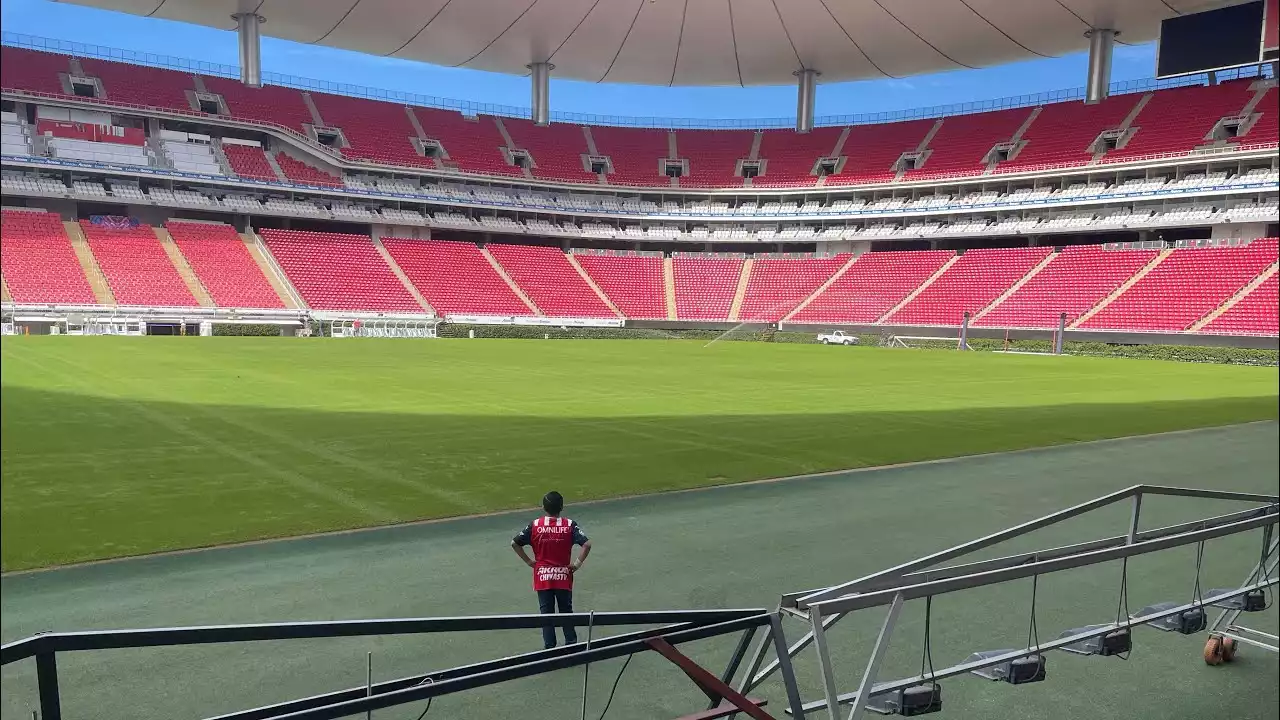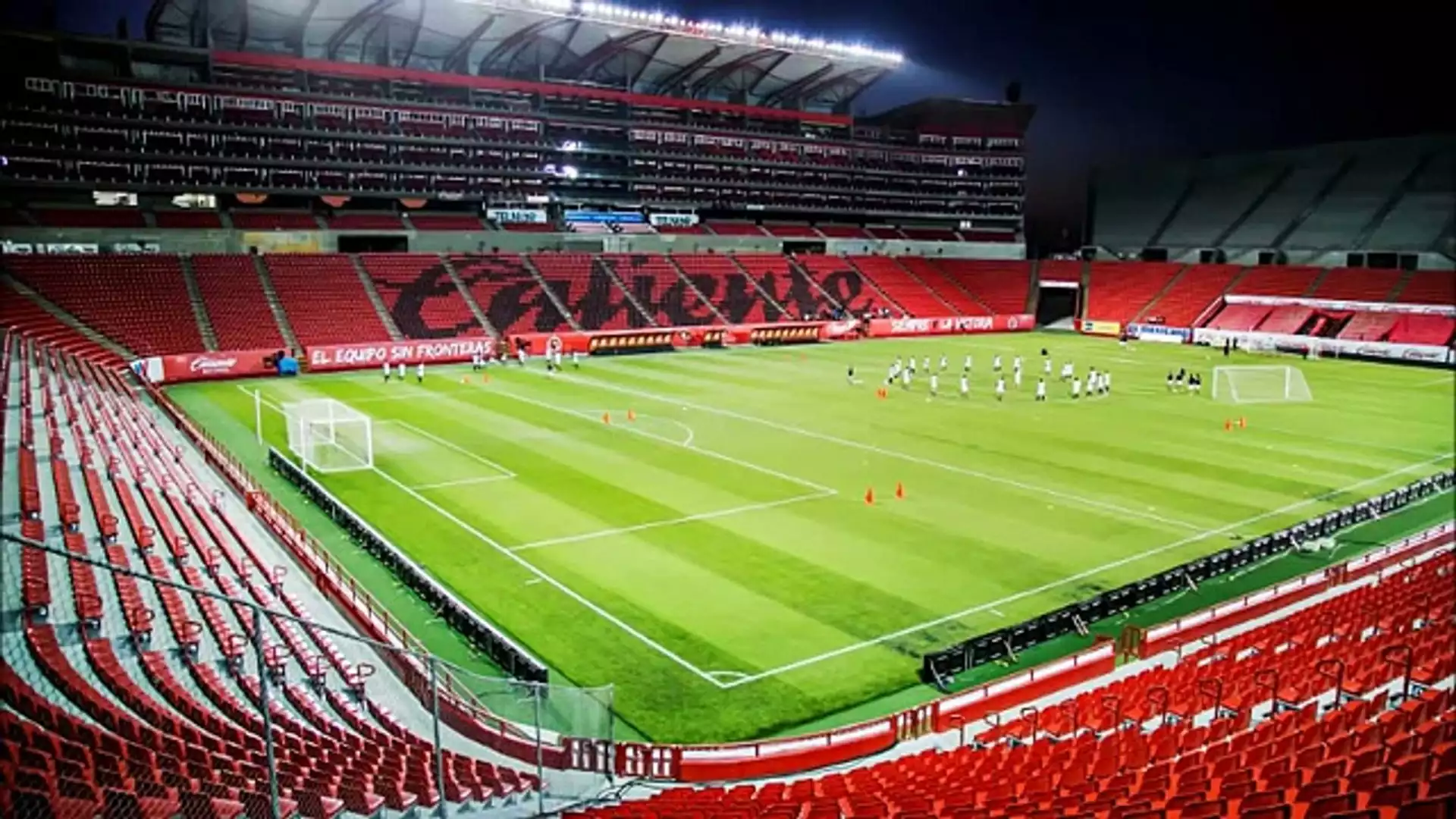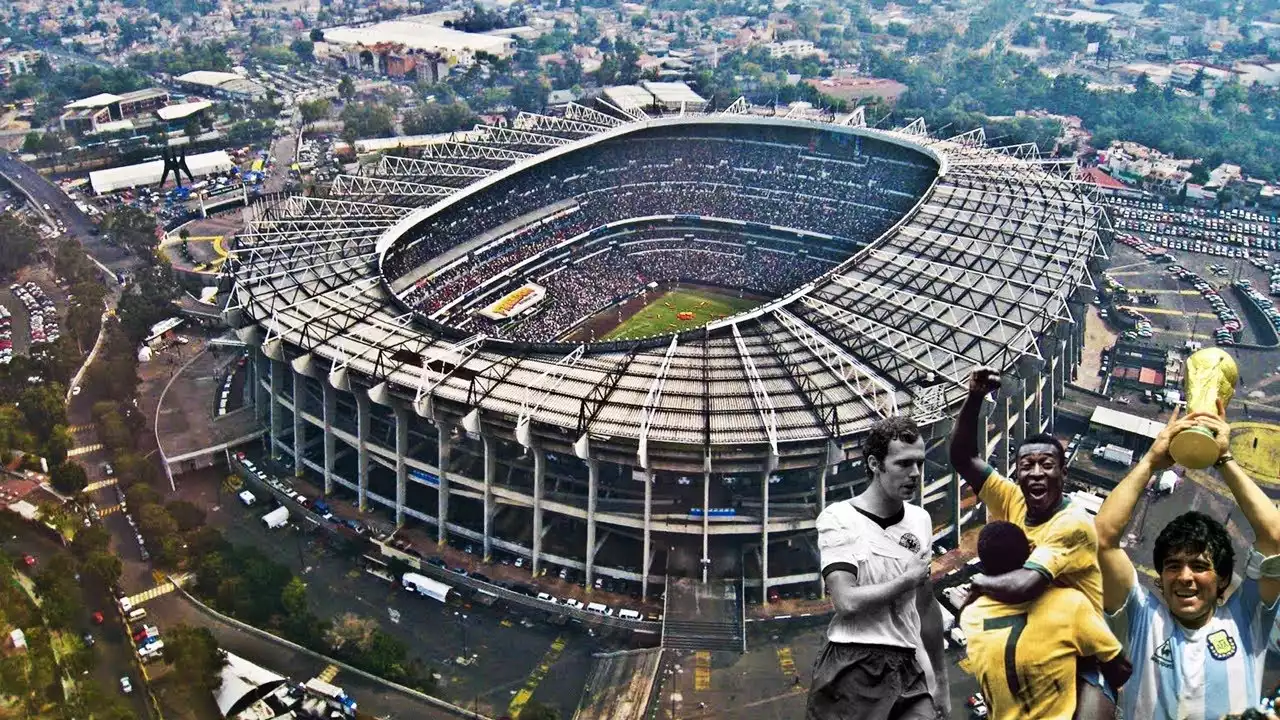The Importance of Altitude in Football
Altitude is a factor that significantly influences the game of football, particularly in high-altitude stadiums. When teams play at high altitudes, the reduced oxygen levels can have a profound impact on the physiological and technical aspects of the game. The lower oxygen concentration affects players' cardiovascular systems, making it harder for them to maintain peak performance throughout the match. This leads to increased fatigue, reduced stamina, and altered decision-making abilities.
Playing in high-altitude stadiums also affects the flight of the ball. The reduced air density causes the ball to travel faster and further, making long passes more challenging to control. Additionally, the reduced air resistance affects the trajectory of shots, requiring players to adjust their shooting techniques. These unique characteristics of high-altitude stadiums add an extra layer of complexity to the game, forcing players to adapt their strategies and tactics.
Advantages and Disadvantages of Playing in High-Altitude Stadiums
Playing in high-altitude stadiums offers both advantages and disadvantages for the home team. One advantage is that the reduced air density gives the ball greater speed, making it difficult for visiting teams to anticipate and react to the pace of the game. This can give the home team an advantage in terms of counter-attacks and quick transitions.
On the other hand, the thinner air at high altitudes can be a disadvantage for the home team as well. Players who are accustomed to playing at lower altitudes may struggle to adapt to the reduced oxygen levels, causing them to fatigue more quickly. This can lead to a decrease in overall team performance as the match progresses, giving the visiting team an opportunity to capitalize on the home team's exhaustion.
The Highest Stadiums in Liga MX
Liga MX boasts some of the highest stadiums in the world, each with its own unique characteristics and challenges. One of the most famous high-altitude stadiums is the Estadio Azteca in Mexico City, which sits at an impressive 7,200 feet above sea level. This iconic stadium has witnessed countless memorable matches and is home to Club América, one of Mexico's most successful teams.
Another breathtaking stadium is the Estadio Hidalgo in Pachuca, which sits at a staggering 8,000 feet above sea level. This stadium is known for its stunning views and is the home of C.F. Pachuca. The altitude of these stadiums adds an extra dimension to the matches played there, creating an unforgettable experience for players and fans alike.
Historical Significance of High-Altitude Stadiums in Liga MX
High-altitude stadiums hold a significant place in the history of Liga MX. They have become iconic symbols of the league and have hosted numerous historic matches. One such match is the 1970 FIFA World Cup quarter-final between Mexico and Italy, held at the Estadio Azteca. This match is remembered for its intense atmosphere and the legendary goals scored by Pelé and Roberto Boninsegna.
In addition to international matches, high-altitude stadiums have witnessed countless domestic clashes that have shaped the history of Liga MX. From dramatic title-deciding matches to intense rivalries, these stadiums have seen it all, leaving a lasting impact on the league's legacy.
Impact of Altitude on Player Performance
The impact of altitude on player performance cannot be underestimated. The reduced oxygen levels at high altitudes put additional strain on players' cardiovascular systems, leading to increased fatigue and decreased stamina. This affects their ability to maintain high-intensity efforts throughout the match and can result in slower decision-making and reduced accuracy in passing and shooting.
To cope with the challenges of playing at high altitudes, teams often employ specific training methods and conditioning programs. These programs aim to improve players' cardiovascular fitness and help them acclimatize to the reduced oxygen levels. Additionally, teams may adjust their playing style to account for the unique characteristics of high-altitude stadiums, focusing on shorter passes and quick transitions.
Strategies and Tactics Used in High-Altitude Stadiums
To succeed in high-altitude stadiums, teams must adapt their strategies and tactics accordingly. One common approach is to maintain a high pressing game to put pressure on the opposing team and force mistakes. The reduced oxygen levels make it harder for players to recover from intense pressing, increasing the likelihood of turnovers and scoring opportunities.
Teams may also opt for a more possession-based style of play, aiming to control the tempo of the game and conserve energy. By keeping the ball and dictating the pace, teams can limit the physical demands on their players and frustrate the opposition.
Famous Matches and Moments in Liga MX's Highest Stadiums
Liga MX's highest stadiums have witnessed numerous famous matches and incredible moments throughout the years. One such moment occurred in the Estadio Azteca during the 1986 FIFA World Cup quarter-final between Argentina and England. Diego Maradona's infamous "Hand of God" goal and his mesmerizing solo effort, known as the "Goal of the Century," both happened in this iconic stadium, forever etching Maradona's name in football history.
In Liga MX, high-altitude stadiums have seen their fair share of dramatic encounters as well. From last-minute goals to come-from-behind victories, these matches have provided fans with unforgettable memories. Matches between fierce rivals like Club América and Chivas Guadalajara often produce intense atmospheres and thrilling football that showcase the unique challenges of playing at high altitudes.
Challenges and Adaptations for Visiting Teams in High-Altitude Stadiums
Visiting teams face significant challenges when playing in high-altitude stadiums. The reduced oxygen levels can cause visiting players to fatigue more quickly, affecting their performance and decision-making abilities. Additionally, the unfamiliarity with the unique characteristics of high-altitude stadiums, such as the faster ball speed and altered ball trajectory, can pose challenges for visiting teams.
To adapt to these challenges, visiting teams often arrive early to acclimatize to the altitude and adjust their training routines. They may also employ specific tactics to counteract the home team's advantage, such as focusing on quick, one-touch passing to minimize the effects of the faster ball speed.
The impact of altitude on football in Liga MX's highest stadiums cannot be overlooked. The physical demands, tactical considerations, and incredible moments that unfold in these stadiums make for truly unforgettable matches. Whether it's the iconic Estadio Azteca or the breathtaking Estadio Hidalgo, these high-altitude arenas provide a unique and electrifying atmosphere that adds an extra layer of excitement to the beautiful game. So, next time you watch a Liga MX match in one of these stadiums, take a moment to appreciate the challenges players face and the incredible performances that unfold in the rarefied air.










